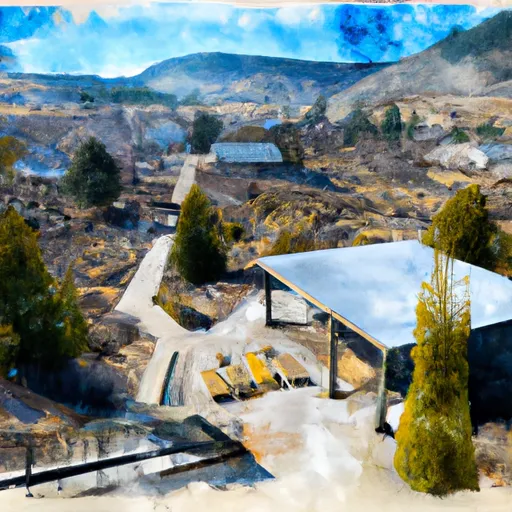°F
°F
mph
Windspeed
%
Humidity











Sumpter, Oregon is a small town located in Baker County, in the northeastern part of the state. Known for its rich gold mining history, Sumpter offers a unique glimpse into the past, with well-preserved historic buildings and artifacts.
The climate in Sumpter is characterized by cool, wet winters and warm, dry summers. The average annual precipitation is around 20 inches, with snowfall occurring from November to March. Summers are generally mild and pleasant, with temperatures ranging from the 70s to low 80s Fahrenheit.
The hydrology constituents in Sumpter include the Powder River and several nearby lakes, such as Phillips and Cracker. These bodies of water offer opportunities for fishing, boating, and wildlife observation. The surrounding forests and mountains provide ample hiking, camping, and hunting opportunities. The area is also popular for off-road vehicle enthusiasts, with designated trails for ATV and dirt bike riding.
Overall, Sumpter, Oregon offers a picturesque setting with a diverse range of outdoor recreation opportunities, making it an attractive destination for nature lovers and history enthusiasts alike.
Weather Forecast
Sumpter receives approximately 576mm of rain per year, with humidity levels near 72% and air temperatures averaging around 6°C. Sumpter has a plant hardyness factor of 6, meaning plants and agriculture in this region thrive during a short period during spring and early summer. Most plants will die off during the colder winter months.
Regional Streamflow Levels
336
Cubic Feet Per Second
1,690
Cubic Feet Per Second
29
Cubic Feet Per Second
502
Cubic Feet Per Second
Nearby Camping
| Camping Area | Reservations | Toilets | Showers |
|---|---|---|---|
| Anthony Lakes Tent | |||
| North Fork John Day | |||
| Union Creek | |||
| Mccully Forks | |||
| Wetmore | |||
| Stevens Creek |



